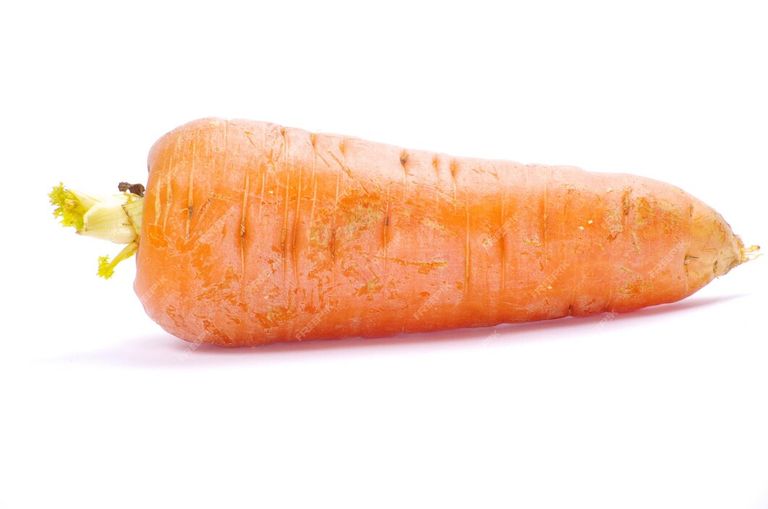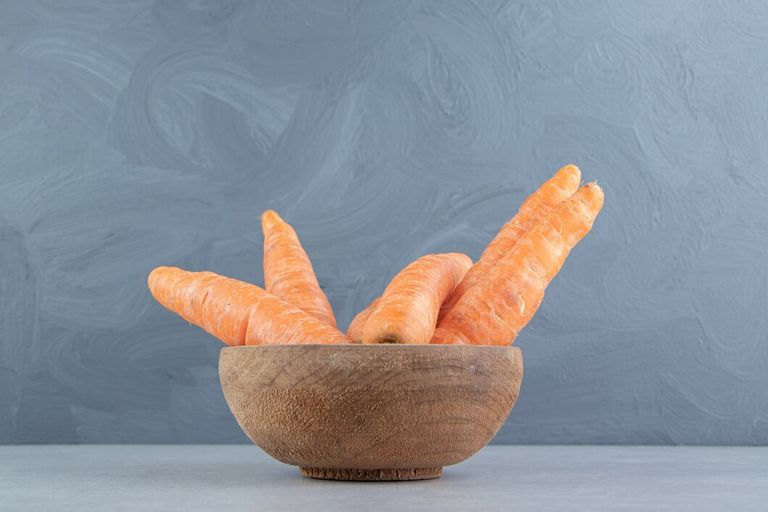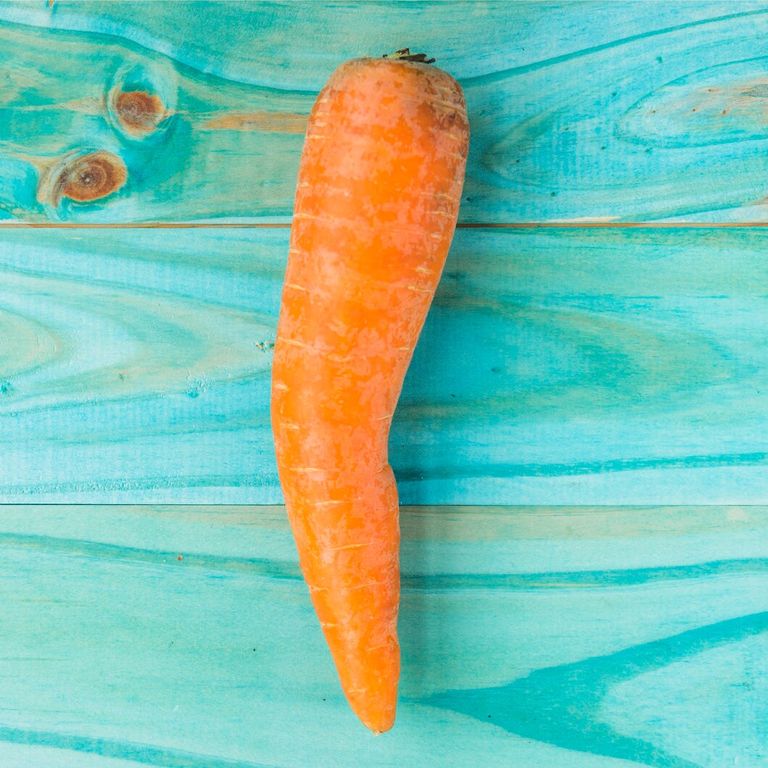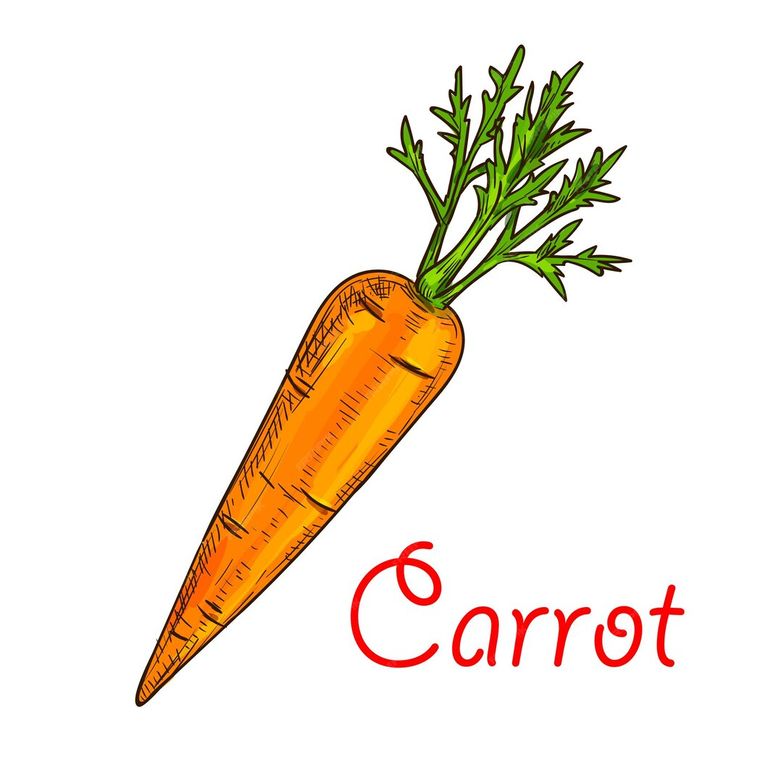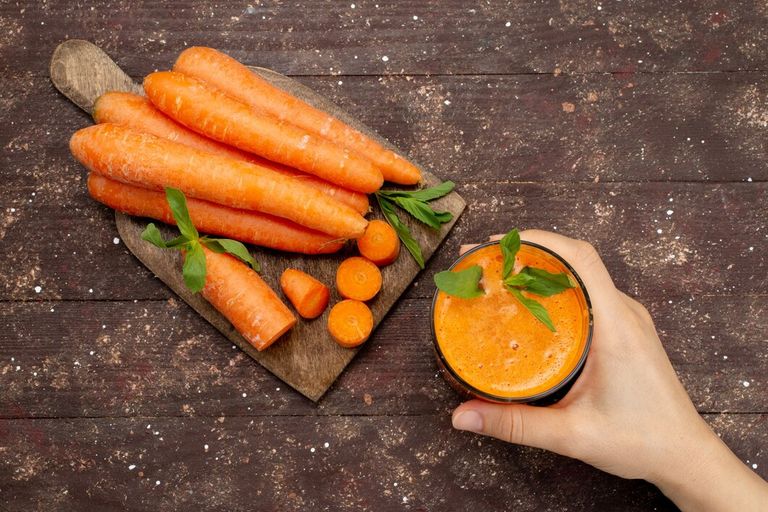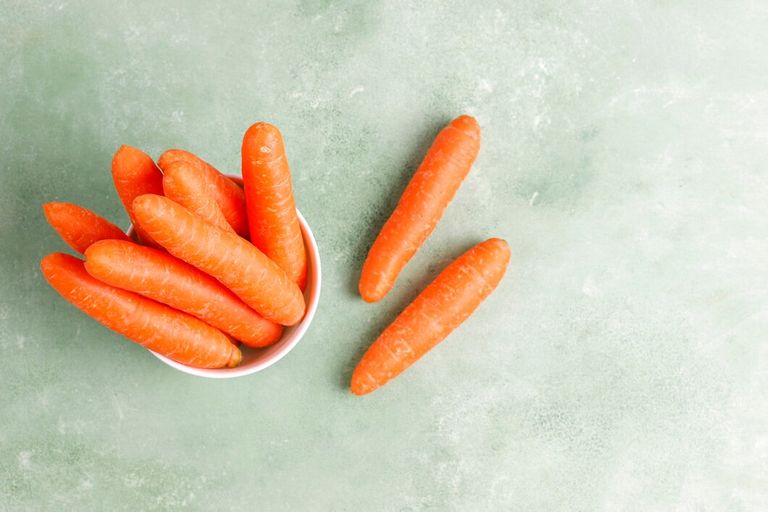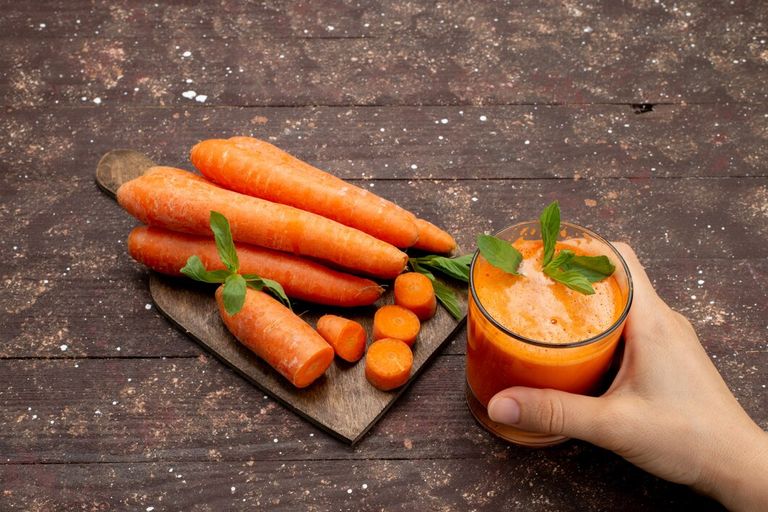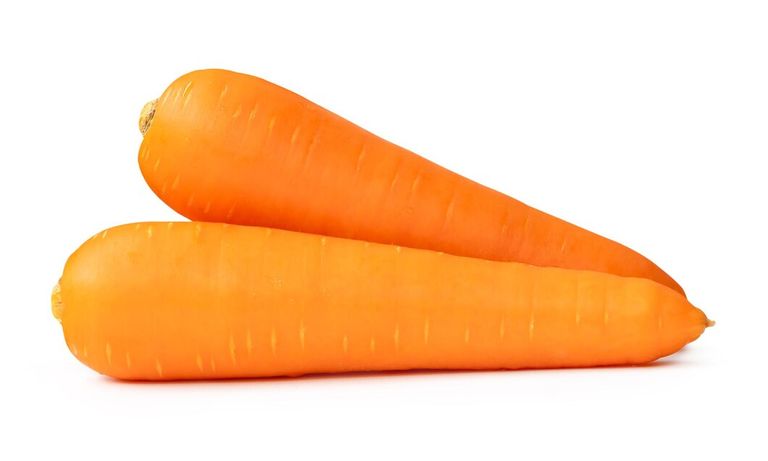Hello everyone.
Good morning. I am back again with my new blog.
Carrot Cultivation Method
Carrots (Daucus carota) are one of the most widely cultivated root vegetables in the world, prized for their flavor, texture, and versatility in culinary uses. Cultivating carrots involves several important steps, from selecting the right variety to managing soil conditions and harvesting at the correct time.
Soil Preparation and Location
Carrots thrive in loose, well-drained soil that is rich in organic matter. Before planting, it is essential to prepare the soil by loosening it to a depth of at least 12 to 18 inches. This ensures that the roots can grow without obstruction, leading to smooth, uniform roots. Heavy clay or compacted soils can cause carrots to become stunted or misshapen. To improve soil structure, gardeners often incorporate organic compost or well-rotted manure.
Carrots prefer slightly acidic soil with a pH level between 6.0 and 6.8. To determine whether the soil is suitable, gardeners can perform a soil test and amend it if necessary. The location should receive full sunlight, as carrots require at least 6 hours of direct sunlight daily to grow optimally.
Seed Selection and Planting
The first step in planting carrots is selecting the appropriate seed variety. There are various types of carrots, including early-season, mid-season, and late-season varieties, each with different growth characteristics. Some popular carrot varieties include "Nantes," known for its sweet flavor and cylindrical shape, and "Imperator," which produces long, slender roots.
Carrot seeds are tiny, so it’s important to sow them sparingly. They are typically planted in rows, spaced about 12 inches apart. The seeds should be sown about 1/4 inch deep in the soil. Since carrot seeds have a slow germination process, it’s common to mix them with sand or other inert material to help with even distribution and prevent overcrowding.
The ideal planting time varies depending on the region. Carrots can be planted in early spring, about 2 to 3 weeks before the last expected frost, or in late summer for a fall harvest. In areas with mild winters, carrots can be grown year-round in well-managed beds.
Thinning and Maintenance
After the carrot seeds have germinated, usually in 10 to 14 days, the young seedlings must be thinned to allow for proper spacing. The thinning process helps to reduce competition for nutrients and space, ensuring that the remaining plants have enough room to grow to full size. Typically, thinning is done when seedlings have reached about 2 to 3 inches in height, with the remaining plants spaced 2 to 4 inches apart.
Carrots require consistent moisture to grow well. Regular watering is crucial, especially during dry spells, but the soil should never be waterlogged. Over-watering can lead to root rot, while underwatering can result in small, tough roots. Mulching around the plants helps retain moisture, control weeds, and prevent soil erosion.
Weeding is also important, as carrots can struggle to compete with weeds for nutrients and water. However, care must be taken not to disturb the shallow carrot roots when weeding. A shallow, mechanical hoe or hand weeding is often the best option.
Pest and Disease Management
Carrots can be susceptible to various pests and diseases, including aphids, carrot fly larvae, and fungal infections like Alternaria leaf blight. To prevent pest damage, gardeners can use row covers to protect seedlings or apply organic insecticides when necessary. Proper crop rotation and avoiding planting carrots in the same location year after year can help reduce the buildup of soilborne diseases and pests.
Harvesting and Storage
Carrots are typically ready for harvest 60 to 80 days after planting, depending on the variety and growing conditions. The best time to harvest is when the roots have reached their full size, but they are still tender. To harvest, gently loosen the soil around the carrot roots with a garden fork and pull them out by the green tops. It is important not to damage the roots during harvest.
Carrots can be stored for several months in a cool, dry, and dark place. To prolong shelf life, they should be kept in a humid environment, such as in the vegetable drawer of a refrigerator or in a root cellar. Carrots can also be frozen for longer storage, although they should first be blanched to maintain flavor and texture.
Nutritional Value of Carrots
Carrots are not only delicious and easy to cultivate, but they are also packed with nutrients. A typical serving of raw carrots (about one medium-sized carrot or 61 grams) provides several important vitamins and minerals.
Rich in Vitamin A
Carrots are an excellent source of beta-carotene, a type of provitamin A that the body converts into active vitamin A. Vitamin A is essential for good vision, immune function, and skin health. A single medium-sized carrot can provide over 200% of the recommended daily intake of vitamin A, making it one of the best sources of this nutrient.
High in Fiber
Carrots are rich in dietary fiber, which aids in digestion, supports heart health, and helps maintain stable blood sugar levels. A medium-sized carrot contains about 1.5 grams of fiber. The high fiber content can also promote feelings of fullness, making carrots a healthy option for weight management.
Packed with Antioxidants
In addition to beta-carotene, carrots contain other antioxidants, including lutein and zeaxanthin, which are beneficial for eye health. These antioxidants help protect the body’s cells from oxidative damage caused by free radicals, potentially reducing the risk of chronic diseases like heart disease and cancer.
Good Source of Other Vitamins and Minerals
Carrots also provide a variety of other vitamins and minerals, including vitamin K, vitamin C, potassium, and biotin. Vitamin K plays a crucial role in blood clotting, while vitamin C supports immune health and skin integrity. Potassium helps regulate blood pressure, and biotin is important for metabolic processes.
Low in Calories
Carrots are naturally low in calories, with a medium-sized carrot containing only about 25 calories. This makes them an ideal snack for those looking to maintain or lose weight while still getting essential nutrients.
In conclusion, carrots are a nutritious and versatile vegetable that offers a wide range of health benefits. Whether consumed raw, cooked, or juiced, they are a valuable addition to any diet. Their ease of cultivation makes them accessible to both novice and experienced gardeners alike, making them a staple in gardens worldwide.
Here are two recipes that use carrots as a main ingredient:
- Carrot Ginger Soup:
Ingredients:
4 large carrots, peeled and chopped
1 onion, chopped
2 cloves garlic, minced
1-inch piece of fresh ginger, grated
4 cups vegetable broth
1 tbsp olive oil
Salt and pepper to taste
1/2 cup coconut milk (optional for creaminess)
Instructions:
Heat olive oil in a large pot over medium heat. Add the onion and garlic, cooking until softened, about 5 minutes.
Add the chopped carrots and ginger, cooking for another 5 minutes, stirring occasionally.
Pour in the vegetable broth and bring the mixture to a boil. Reduce heat and simmer for 20-25 minutes until the carrots are tender.
Use an immersion blender or transfer to a regular blender and puree until smooth.
Return the soup to the pot, add coconut milk (if using), and season with salt and pepper to taste. Heat through and serve.
Honey Glazed Carrots:
Ingredients:
6 large carrots, peeled and cut into rounds
2 tbsp butter
2 tbsp honey
Salt and pepper to taste
Fresh parsley (optional for garnish)
Bring a pot of water to a boil, add the carrot rounds, and cook for about 8-10 minutes until tender.
Drain the carrots and set them aside.
In a large skillet, melt the butter over medium heat. Add the honey and stir to combine.
Add the cooked carrots to the skillet, tossing to coat them evenly in the honey-butter glaze. Cook for another 2-3 minutes, allowing the glaze to thicken slightly.
Season with salt and pepper to taste, and garnish with fresh parsley before serving.
Both of these dishes bring out the natural sweetness of carrots in different ways!
